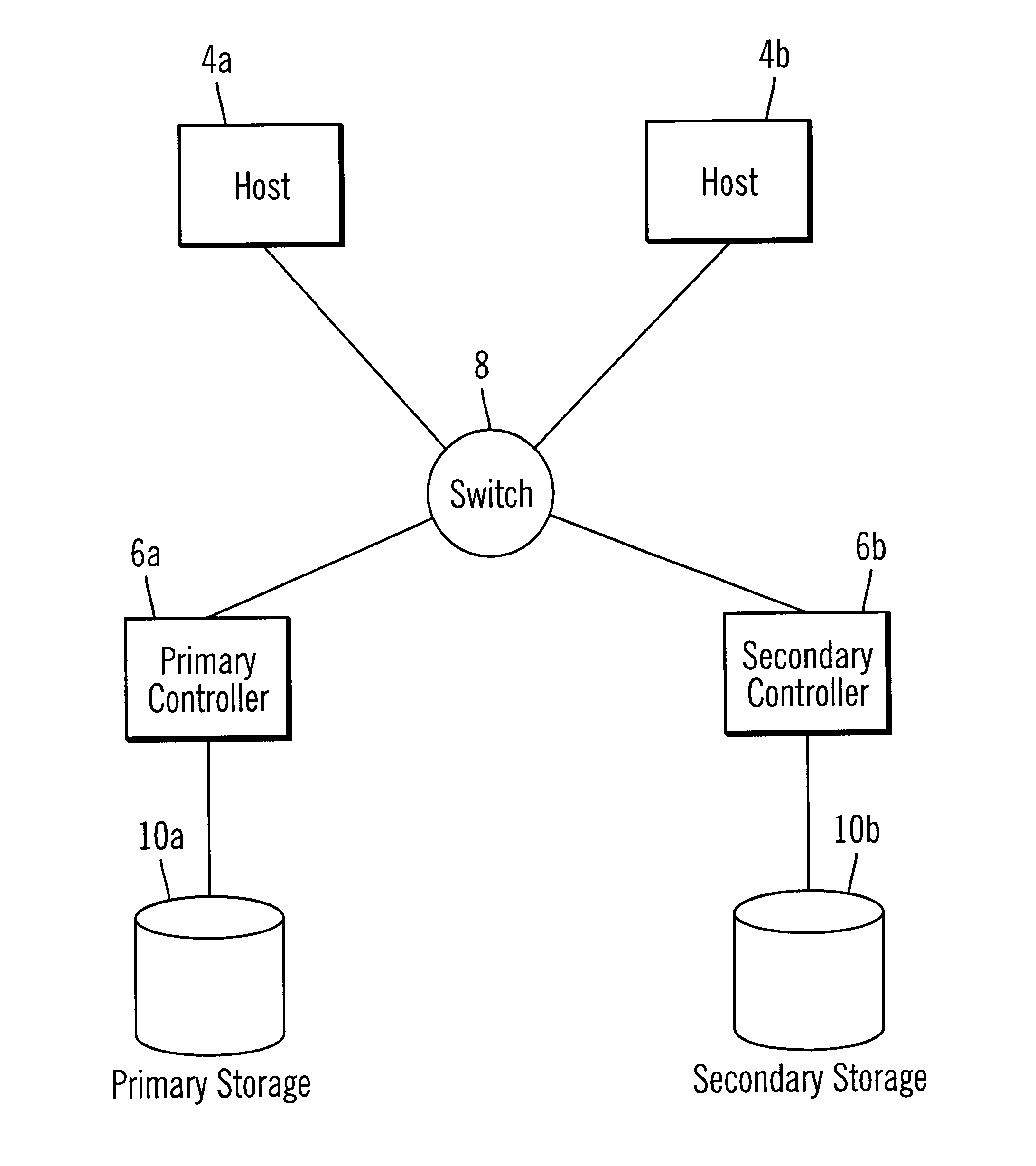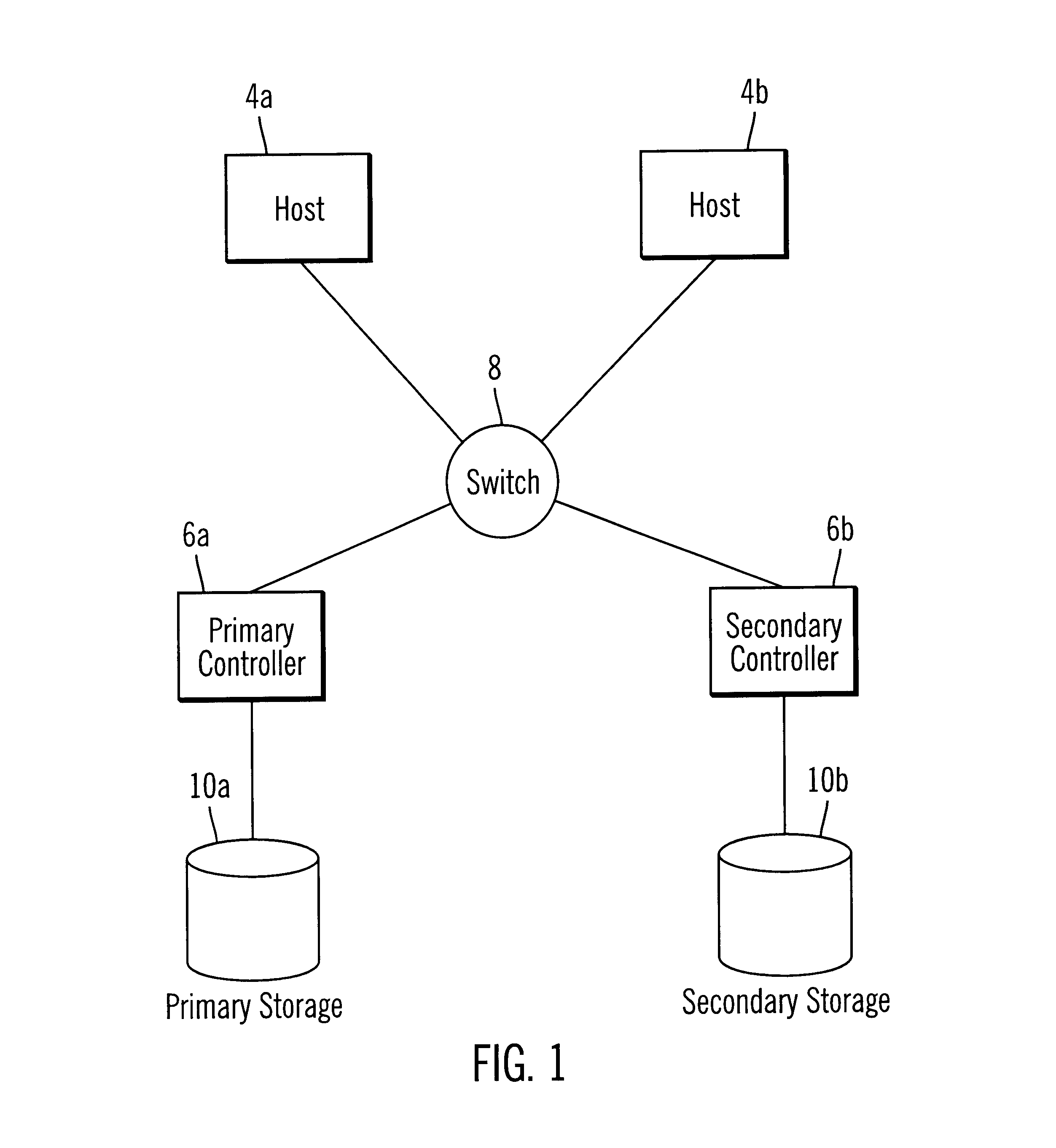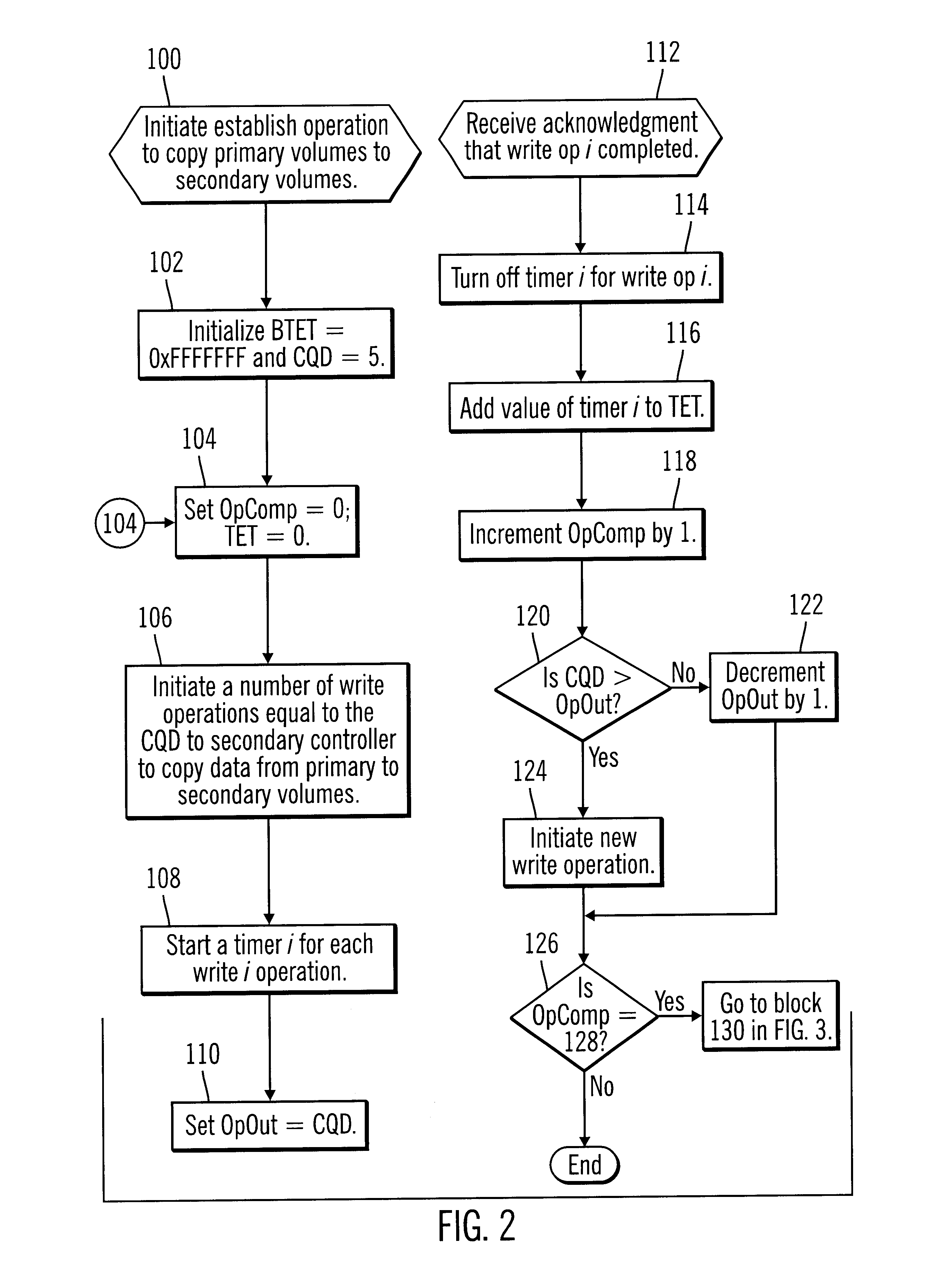Method, system, and program for determining a number of write operations to execute
- Summary
- Abstract
- Description
- Claims
- Application Information
AI Technical Summary
Benefits of technology
Problems solved by technology
Method used
Image
Examples
Embodiment Construction
To overcome the limitations in the prior art described above, preferred embodiments disclose a method, system, and program for executing write operations. A first number of write operations is initiated. Performance data is gathered indicating a total time for a second number of the initiated write operations to complete. After at least one initiated write operation has completed, at least one additional write operation is initiated if a number of outstanding write operations is less than a maximum number of write operations. The maximum number of write operations is adjusted if the performance data meets at least one threshold.
In further embodiments, the write operations are part of a series of write operations. In such case, performance data is gathered and adjustments to the maximum number considered each time the second number of write operations are completed while there are further write operations in the series of write operations to perform.
In still further embodiments, the ...
PUM
 Login to View More
Login to View More Abstract
Description
Claims
Application Information
 Login to View More
Login to View More - R&D
- Intellectual Property
- Life Sciences
- Materials
- Tech Scout
- Unparalleled Data Quality
- Higher Quality Content
- 60% Fewer Hallucinations
Browse by: Latest US Patents, China's latest patents, Technical Efficacy Thesaurus, Application Domain, Technology Topic, Popular Technical Reports.
© 2025 PatSnap. All rights reserved.Legal|Privacy policy|Modern Slavery Act Transparency Statement|Sitemap|About US| Contact US: help@patsnap.com



